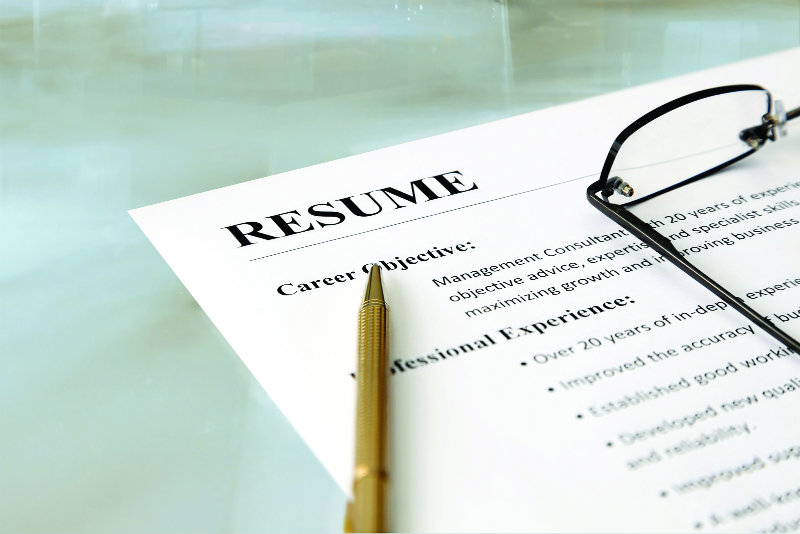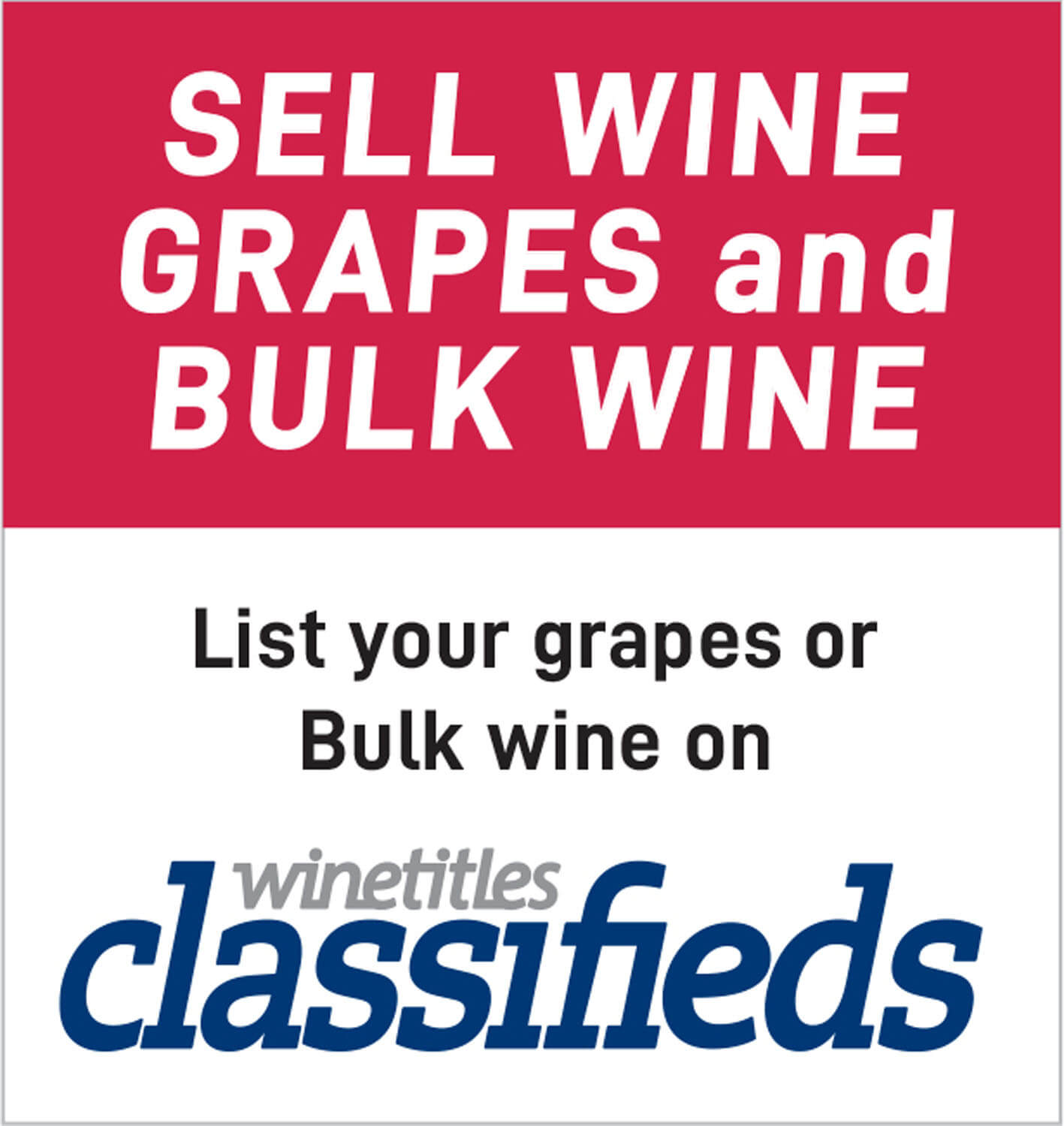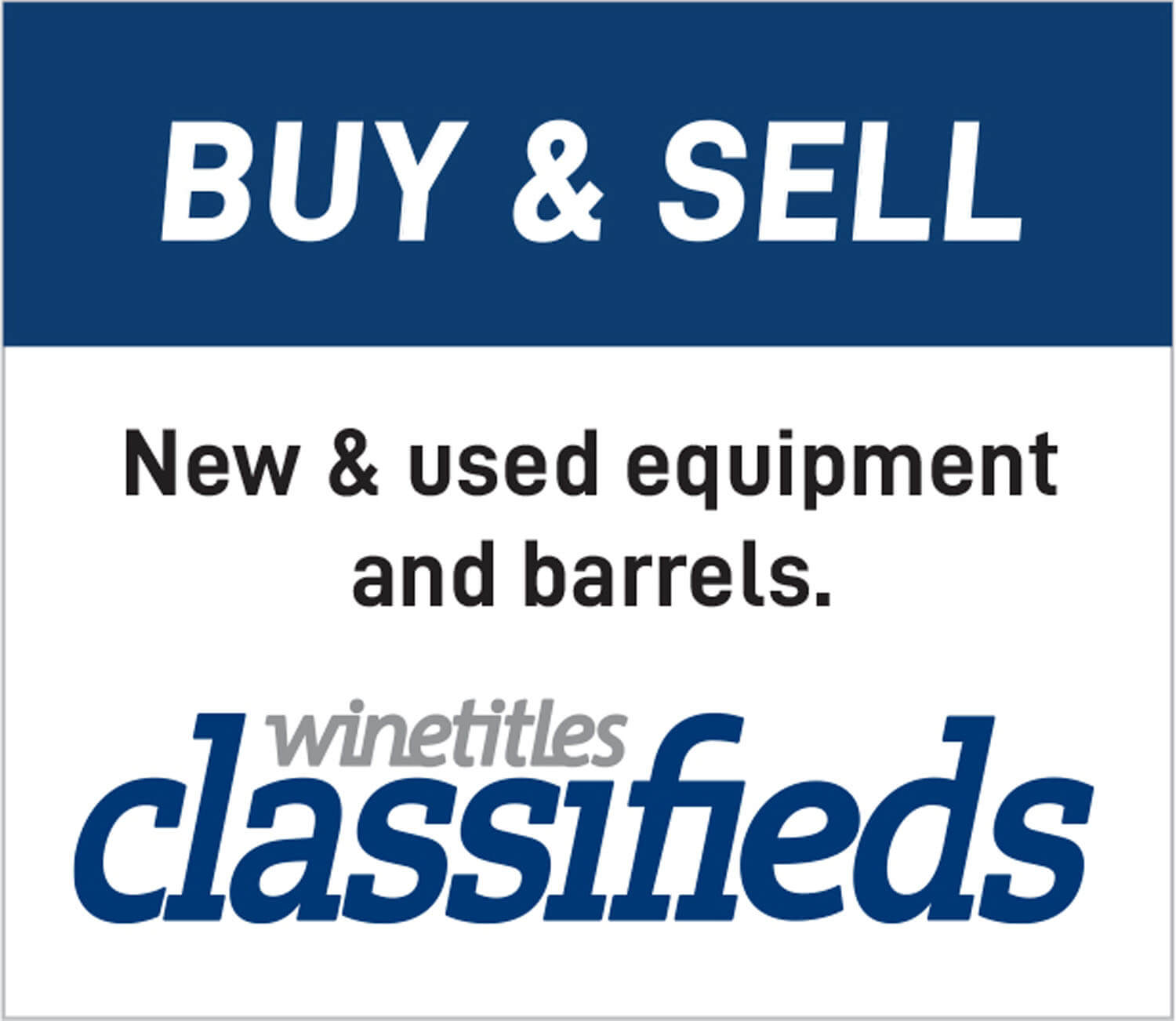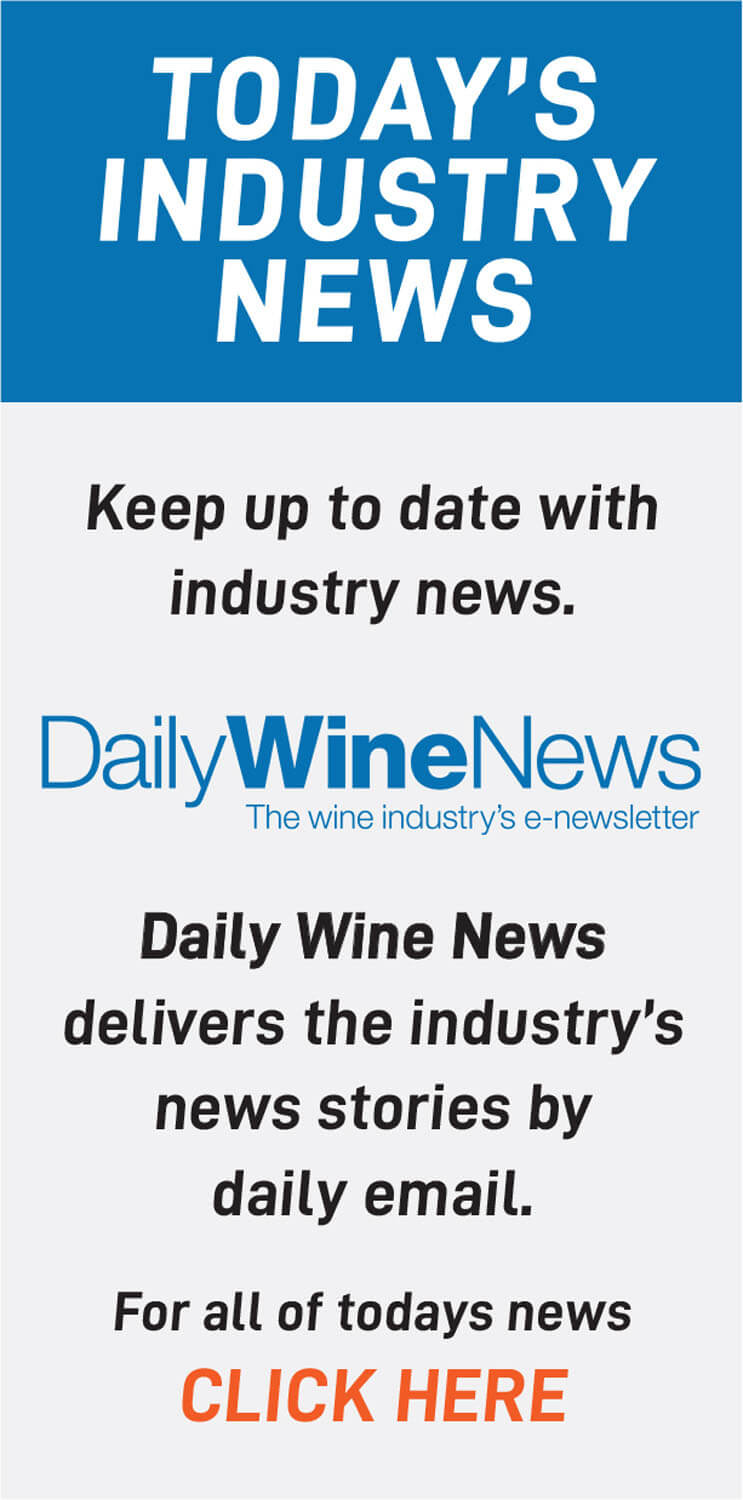Résumé writing: Stand out from the crowd
By Stephanie Timotheou, Source: Australian & New Zealand Grapegrower & Winemaker, October 2014
Grapegrower & Winemaker journalist, Stephanie Timotheou, got the scoop from Treasury Wine Estate’s Cameron Fitzgerald and CozWine’s Ryan Dahlitz on all there is to know about presenting the perfect résumé.
At a glance:
• The perfect résumé should include fundamental information such as your career objective, employment history, training and education and at least three referees.
• Keep your résumé between three and five pages.
• List any hobbies or sporting activities to give the reader an idea of the sort of person you are away from the office.
• Avoid using graphics or fancy layouts as this can distract the reader and looks unprofessional.
• Your potential employer will spend between 30 and 60 seconds scanning your résumé so it’s important to ensure the formatting is simple and easy to follow.
A RÉSUMÉ is the first point of contact an employer has with you and is used to sell yourself in the corporate world. That’s why it’s important to ensure it gives the reader a clear idea of the sort of person you are, what you hope to achieve throughout your career and the training and education you’ve had to help get there.
According Ryan Dahlitz, from wine recruitment firm CozWine, a résumé should highlight your experience, qualifications and skills, organised in a way that’s easy to understand and follow.
While it may seem obvious to some, Dahlitz recommends including your full name and contact details to ensure an employer can get hold of you if they are interested to find out more. Your fixed address, correct phone numbers (landline and mobile) and email address should be listed at the top of the page for quick and easy access. Other important things to list while keeping it clear and concise are:
- Your career objective: This tells potential employers the sort of work you are hoping to do. Dahlitz suggests being specific and realistic about what you want and tailor the objective to suit each employer or to target the role you are applying for;
- Your employment history: Start from the most recent job and work backwards. Include the title of the position, the name of the organisation and the location. Describe your work responsibilities with an emphasis on specific skills and achievements;
- Your education and training: Name the institution or training provider, the resulting qualification or skills obtained and the date the qualification was obtained or when the training occurred;
- References: Dahlitz suggests listing at least two referees along with their contact details; and
- Additional information: This includes memberships for professional institutes, organisations you are a member of (volunteer work or sporting clubs etc.) and specific licences or permits applicable to the industry.
When listing your employment history, a summary of responsibilities and tasks performed is only recommended for the past 7-10 years. Any relevant positions held after this period should be listed without explanation. Dahlitz says if additional information is required for these positions, a brief summary (2-3 lines maximum) is acceptable. In most cases you only have seconds to catch the reader’s attention before they move on to the next applicant, so the words you use and how you present them are critical. To set yourself apart from competitors, Dahlitz suggests the following:
- Use headings, bullet points and sub-headings to allow the reader to scan your résumé;
- Include a cover letter and highlight in bold any specific skills and qualifications you want to catch the reader’s eye. You could also use this method in your résumé, but not too often; and
- Continuously update your information to ensure you haven’t left anything important out.
Cameron Fitzgerald, Treasury Wine Estate’s (TWE) lead careers business partner, manages the company’s recruitment function which provides support for Australia, New Zealand, Asia and Europe. He scans anywhere between 20 and 300 applications per job vacancy, depending on what the role is and where it’s located. When asked what he looks for in the perfect résumé, Fitzgerald said it is important to capture the employer’s attention at a first glance. “It must be clear and concise and must also have a bit of white space, not an abundance of text on a page. You don’t want the message to get lost” he says. When recruiting, Fitzgerald particularly looks for résumés that point to the candidate’s achievements more-so than responsibilities. “We want to see a clear snapshot of how someone may have progressed in their career,” he says. “We also want a quick, concise view of how they can move through roles and once we’ve made that initial assessment, we start looking for the person who’s got a clear understanding of the business or industry and someone who’s done their research on the job they’re applying for.”
Another thing he looks for is the way a candidate communicates, which he says a recruiter can pick by the words used throughout the document. Recruiters are trained to quickly summarise a person’s relevance to the role they’re applying for. Fitzgerald says the team at TWE spends an initial 30 to 60 seconds looking at a résumé and will then make a judgement call on if they need to explore the candidate further. The recruitment team then screens shortlisted candidates that need further investigation and picks a selection of people who match the criteria. When asked what job seekers shouldn’t do, Dahlitz said a reader doesn’t want to know details about your health, religion, nationality, marital status and age, and his biggest tip for people seeking a job in the industry is “never lie or embellish the truth”.
For Fitzgerald, one of the biggest “no-nos” among others is to send a résumé that’s longer than four pages. “Nobody has the want or need to read through 10 or 12 pages of a résumé, so keep within a three to four-page limit,” he says. He describes a résumé as an initial sales document that makes the reader want to know more. “It’s going to get you in a position where you can communicate with the decision maker and talk to them about things that weren’t listed in your initial sales document.”
He also recommends simple formatting without the use of colour or pictures. “This is the biggest thing that would turn me off – stick to black and white so you don’t take the attention away from the information that’s relevant,” he says. Fitzgerald’s best advice to those seeking a job or change of scenery in the industry is simple: Be able to clearly articulate the complexity involved in working in the wine industry. He says while this doesn’t purely relate to résumé writing, people can start this process to give them a better understanding of what recruitment agencies look for in a potential employee. “This is the one thing we are often in search for, particularly in a large organisation like TWE that has an extremely complex structure.”




